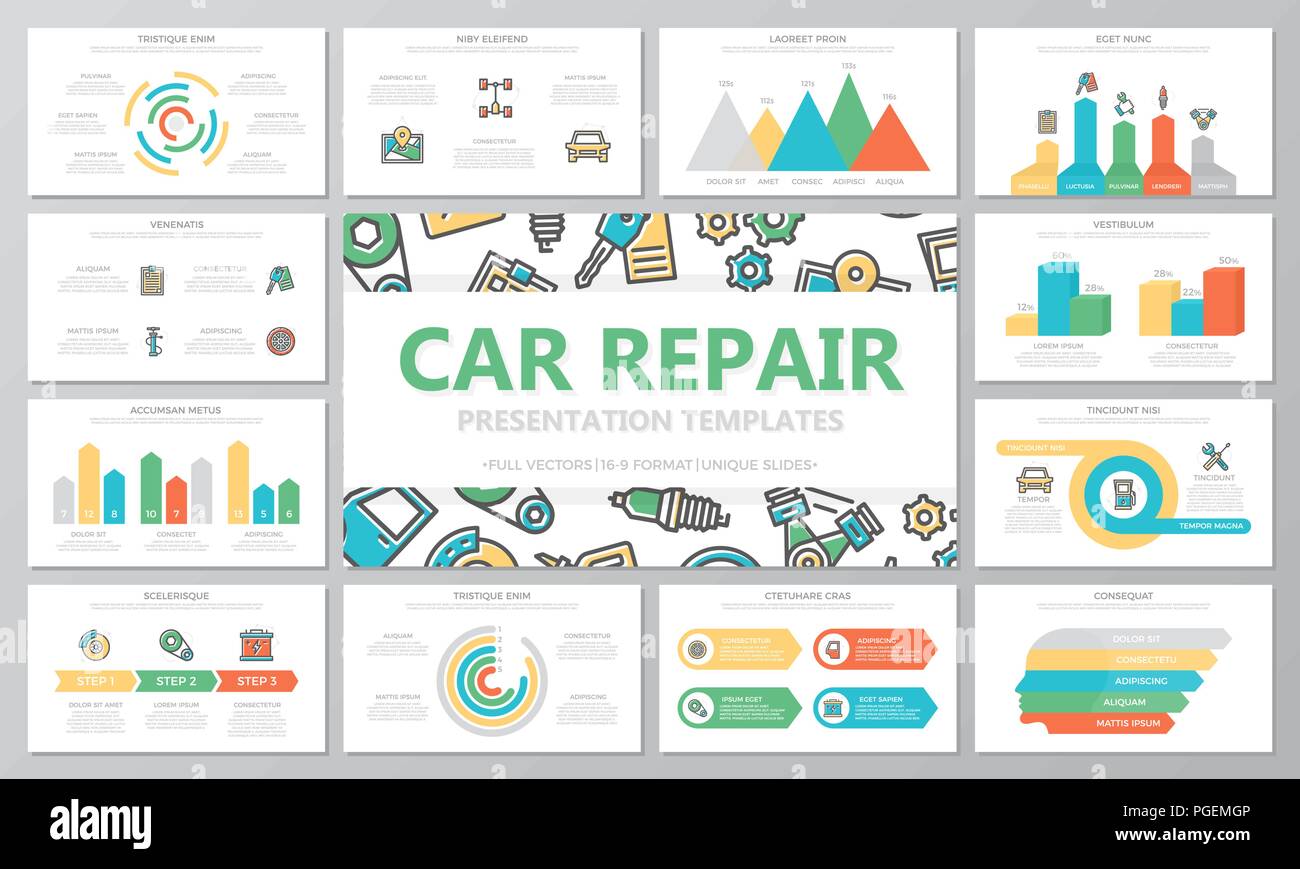When you lag the wheel, those radiant warning lights on your control panel can be a bit complicated. Do you know what they're trying to tell you concerning your auto's health? Comprehending https://mariopkeyt.ja-blog.com/30317858/often-held-misunderstandings-concerning-auto-repair-work-explained of these lights is important for your security and the long life of your lorry. So, Recommended Reading of those lights appears, would not you wish to understand its message precisely and take the required actions to address it?
Common Caution Lights and Interpretations
Identify typical caution lights in your automobile and recognize their significances to ensure safe driving.
The most common warning lights include the check engine light, which indicates concerns with the engine or discharges system. If this light begins, it's crucial to have your car checked without delay.
The oil stress warning light shows low oil stress, requiring prompt interest to stop engine damage.
A flashing battery light might suggest a malfunctioning charging system, possibly leaving you stranded if not attended to.
The tire stress surveillance system (TPMS) light signals you to reduced tire stress, impacting lorry stability and fuel performance. Disregarding this could cause dangerous driving problems.
The abdominal light suggests a problem with the anti-lock stopping system, compromising your ability to quit swiftly in emergencies.
Finally, the coolant temperature level warning light warns of engine getting too hot, which can result in extreme damage if not solved swiftly.
Comprehending these usual caution lights will help you resolve issues promptly and maintain risk-free driving conditions.
Relevance of Prompt Focus
Recognizing the common warning lights in your automobile is only the first step; the value of without delay attending to these warnings can't be emphasized enough to guarantee your safety and security when traveling.
When a warning light illuminates on your dashboard, it's your cars and truck's way of connecting a potential problem that requires interest. Ignoring these cautions can cause much more serious troubles in the future, compromising your safety and possibly costing you a lot more out of commission.
Prompt focus to advising lights can stop malfunctions and accidents. As an example, a flashing check engine light could suggest a misfire that, if left neglected, can trigger damage to the catalytic converter. Addressing this promptly can save you from an expensive repair work.
Likewise, a brake system warning light may signal low brake fluid or worn brake pads, crucial components for your security when driving.
Do It Yourself Troubleshooting Tips
If you see a caution light on your control panel, there are a couple of do it yourself repairing ideas you can try before looking for specialist help.
The primary step is to consult your car's handbook to recognize what the particular caution light shows. Often the problem can be as simple as a loosened gas cap triggering the check engine light. Tightening up the gas cap may deal with the issue.
Another common issue is a low battery, which can activate numerous cautioning lights. Checking the battery connections for deterioration and guaranteeing they're safe could deal with the issue.
If a warning light continues, you can try resetting it by separating the automobile's battery for a couple of minutes and then reconnecting it. In addition, examining your automobile's liquid degrees, such as oil, coolant, and brake liquid, can help troubleshoot cautioning lights related to these systems.
Verdict
To conclude, comprehending your auto's warning lights is necessary for keeping your automobile running efficiently and securely. By promptly addressing these signals and knowing what they suggest, you can avoid pricey repair services and potential malfunctions.
Keep in mind to consult your cars and truck's manual for particular details on each advising light and do something about it appropriately to guarantee a hassle-free driving experience.
Keep informed, remain car cut and polish when traveling!
